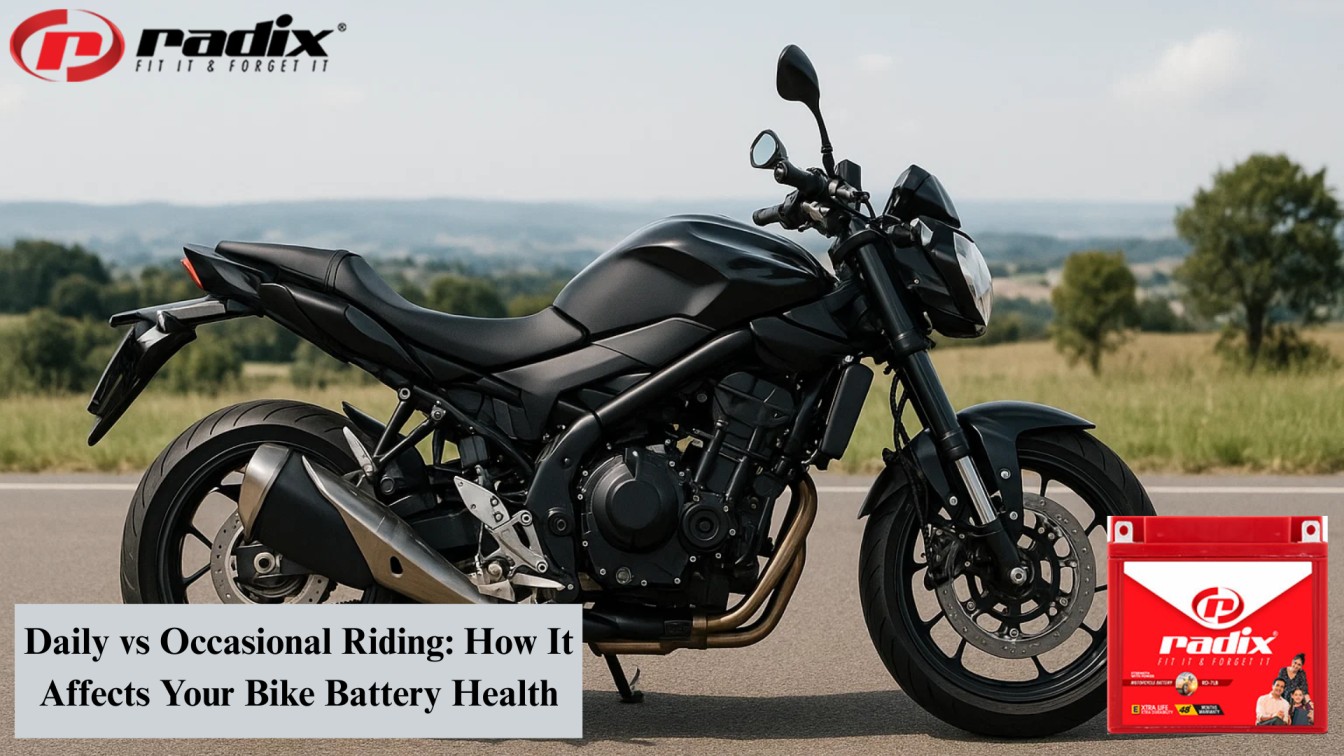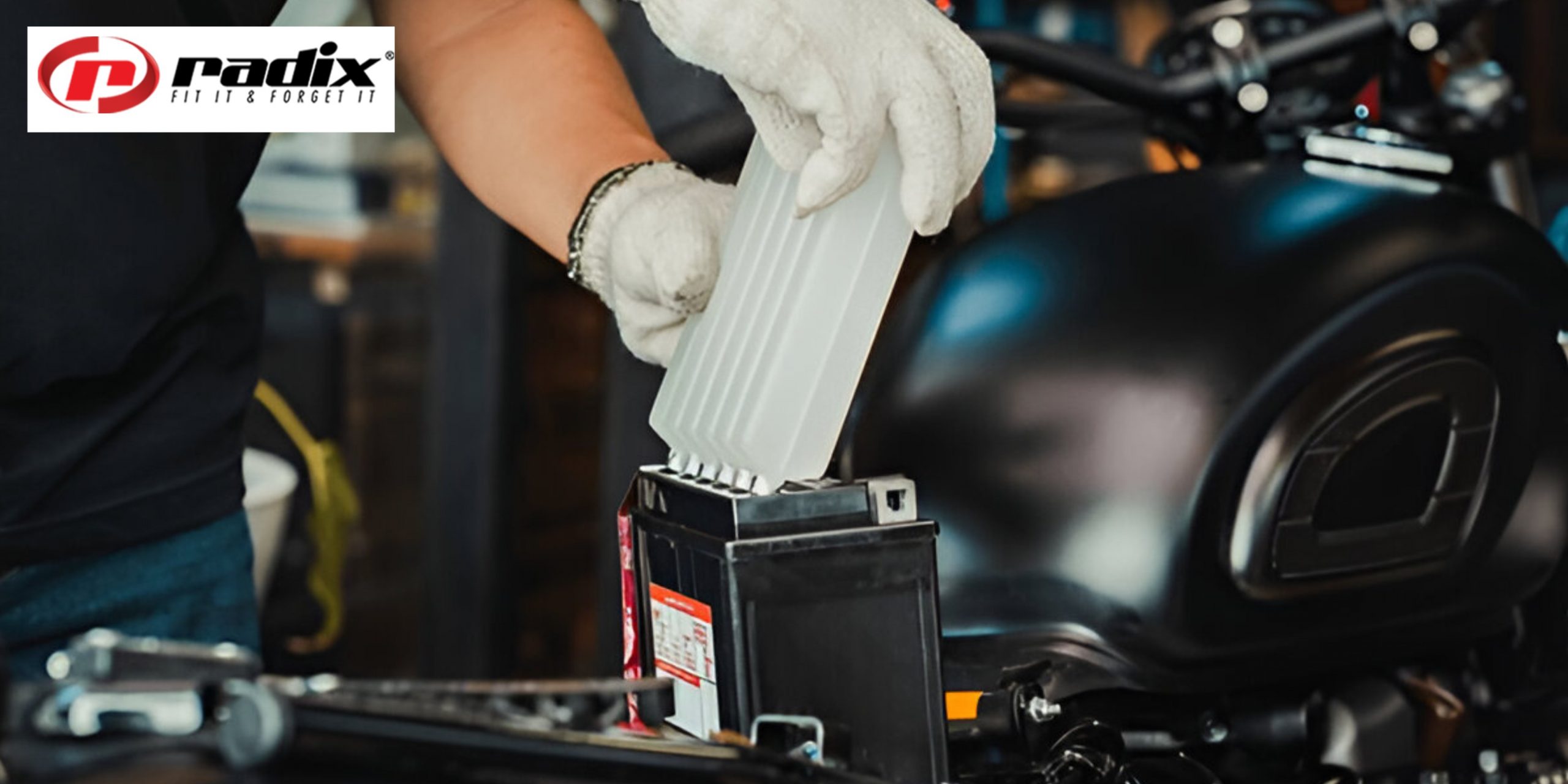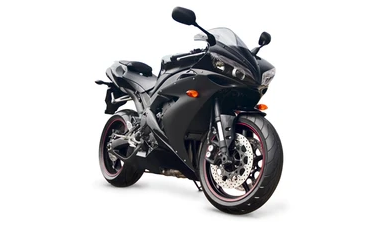Your bike battery is the heart of your two-wheeler’s electrical system—responsible for starting your engine, powering the lights, horn, and much more. But did you know your riding habits have a direct impact on how long your battery lasts? Whether you ride every day or just once in a while, both routines influence your battery’s health differently.
In this blog by Radix, one of the reliable Bike battery manufacturers in India, let’s understand how daily and occasional riding affect your battery—and what you can do to keep it in top shape.
Daily Riding: Keeps Your Battery Active
If you’re someone who rides your bike regularly—perhaps for daily commuting or errands—your battery stays more active and healthy. That’s because every time you ride, your bike’s alternator recharges the battery. Regular use helps maintain voltage levels and prevents deep discharging, which is harmful to battery life.
However, constant use in heavy traffic, frequent short rides, and stop-and-go conditions can also place a strain on the battery. It’s essential to ensure that your bike gets enough running time per ride so the alternator can do its job effectively. Routine checks for voltage, fluid levels (in case of lead-acid batteries), and terminal cleanliness are still necessary—even for daily riders.
Occasional Riding: The Hidden Drain on Battery Health
Riding your bike only on weekends or every few weeks might seem harmless, but occasional use often leads to battery issues. When a bike sits idle for too long, the battery gradually discharges on its own. Modern bikes with digital meters or anti-theft devices draw a small amount of power constantly—even when not in use.
If the battery isn’t recharged either through riding or an external charger, it can lead to sulphation, reducing its capacity permanently. Many occasional riders find themselves in trouble when the bike suddenly won’t start after being parked for a few weeks.
To avoid such issues, it’s advisable to start your bike at least once a week and let it run for 10–15 minutes. Better yet, invest in a smart battery charger or maintainer that keeps the battery topped up without overcharging.
Radix Tips for Healthy Battery Life
As a trusted bike battery manufacturer in India, Radix encourages both regular and occasional riders to follow a few simple tips:
Inspect the terminals for corrosion and keep them clean.
Check the battery voltage using a multimeter once a month.
For long parking periods, disconnect the battery or use a trickle charger.
Don’t ignore early warning signs like dim headlights or delayed self-start.
Radix, a reliable Bike battery manufacturers in India, designs batteries that are robust, durable, and perfect for all types of riding conditions. Whether you’re a daily city commuter or a weekend road tripper, Radix ensures consistent performance and reliability.With a commitment to innovation and quality, Radix continues to be a leading bike battery manufacturer in India, trusted by thousands of riders across the country. Choose Radix—your dependable bike battery manufacturer in India—for uninterrupted rides and long-lasting power.








